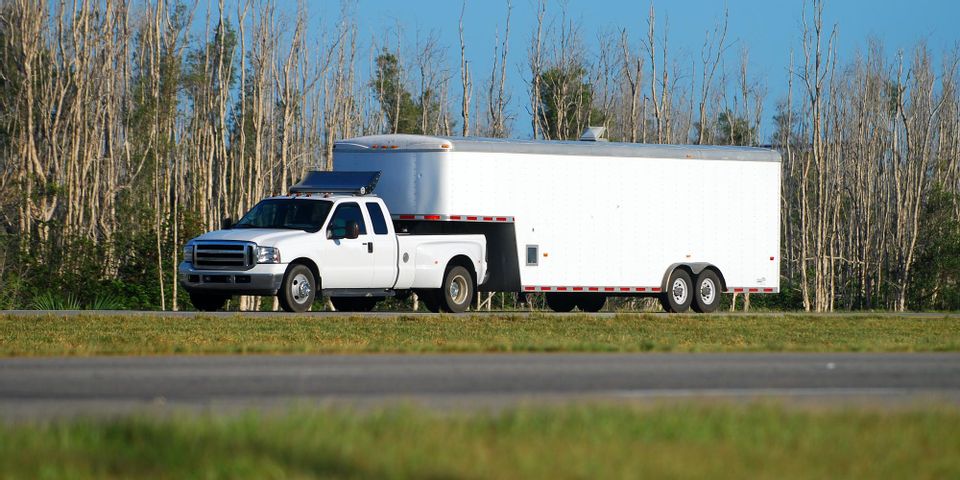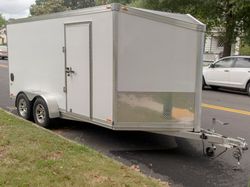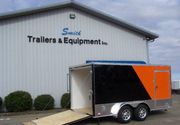The Difference Between Electric & Hydraulic Trailer Brakes

Using the right utility trailer brakes is critical, no matter what you’re transporting. Drivers count on this essential mechanical component to provide a safe and smooth tow. Here is some insight into two common brake types to help you decide which to get.
Electric Brakes
This technology actuates the drum brakes with electromagnets, which you adjust from inside the car. If you drive on roads that are frequently windy or feature a lot of large semi-trucks, it may be worth investing in electric brakes to stop the trailer from swaying. Electric brakes are also smart options for inexperienced drivers who might need to stop the utility trailer suddenly to prevent backing into something. This model is also useful for those who need to drive backward frequently to maneuver into parking spots or loading docks because of the dual control.
Hydraulic Brakes
 Utility trailers featuring hydraulic brakes work using momentum. Instead of adjusting them from the cab, the driver pushes on the vehicle’s brakes. When the trailer engages a hydraulic cylinder as it pushes into the hitch, it activates the trailer’s brakes. If your trailer has hydraulic brakes that are correctly installed and adjusted regularly by professionals, it will provide a stable ride.
Utility trailers featuring hydraulic brakes work using momentum. Instead of adjusting them from the cab, the driver pushes on the vehicle’s brakes. When the trailer engages a hydraulic cylinder as it pushes into the hitch, it activates the trailer’s brakes. If your trailer has hydraulic brakes that are correctly installed and adjusted regularly by professionals, it will provide a stable ride.
The key downside to this model is that you cannot control the trailer separate from the vehicle should the trailer begin to sway. If you need to back up, be aware of your speed since the trailer brakes won’t be as effective at an angle.
To purchase a quality trailer, contact Smith Trailers and Equipment in Cincinnati, OH. Their experienced technicians also offer jack repair, welding, electrical diagnostics, brake control, hitch installation, and more. Call the Tri-State’s largest trailer superstore at (513) 755-2497, or visit the website for information on their available top brands like Better Built®, Sure Trac®, and PJ®.
About the Business
Have a question? Ask the experts!
Send your question

